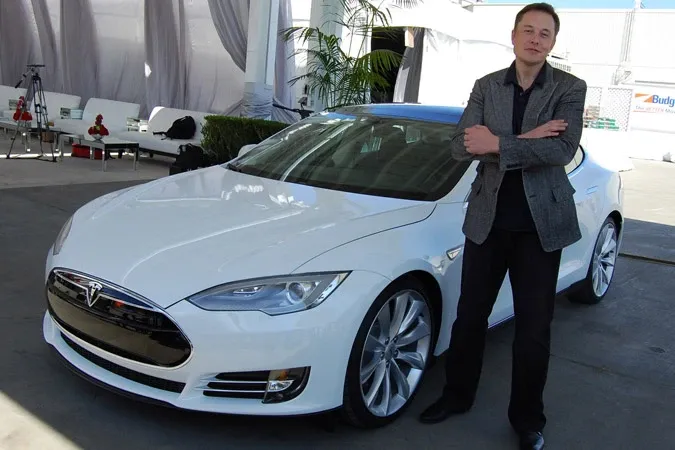AMD Achieves First TSMC N2 Product Silicon Milestone
AMD announced that its next-generation EPYC processor, codenamed “Venice,” is the first HPC product in the industry to be taped out and brought up on the TSMC advanced 2nm (N2) process technology.

The Tesla Gigafactory outside Reno has been activated, according to Bloomberg. Its first battery cells started rolling off production lines Wednesday to power the company’s energy storage products and, before long, the Model 3 electric car. The start of mass production is a huge milestone in Tesla’s quest to electrify transportation, and it brings to America a manufacturing industry that’s long been dominated by China, Japan, and South Korea.
More than 2,900 people are already working at the 4.9 million square-foot facility, and another 4,000 jobs, including temporary construction work, will be added this year through the partnership between Tesla and Panasonic. By 2018, the Gigafactory, which is less than a third complete, will double the world’s production capacity for lithium-ion batteries and employ 6,500 full-time workers, according to a new hiring forecast from Tesla.
The full activation of the Gigafactory carries existential significance for Tesla, representing a new sense of urgency at a company known for its unreachable deadlines. After missing almost every aggressive product milestone it set for itself over the last decade, Tesla must prove to investors and customers that it can stay on schedule for its first mass-produced car. Last year the company did fall short of its target to deliver 80,000 cars, reporting just 76,230 completed in time.
For Tesla to succeed, battery production is crucial because there simply aren’t enough lithium-ion batteries being made anywhere for Tesla to achieve its goal of 500,000 Model 3 sales by 2018. Equally problematic is the fact that current prices are too high for the $35,000 car to be profitable. Tesla took its unprecedented leap into the desert in the hope that the massive scale of the $5 billion Gigafactory would drive down costs, and demand would arrive just in time to keep it all afloat.
Gigafactory isn’t just about cars. Tesla is also building battery packs to power homes and back up the electric grid. They should begin shipping the Powerwall 2 home batteries by the end of January, at prices that by some estimates are 30 percent cheaper than the closest competitor. The storage products fit into Musk’s long-term vision of transforming Tesla to a clean-energy company. That’s the same motivation behind his recently concluded deal to acquire SolarCity. Last week, the company reached a deal with Panasonic to expand its relationship to produce solar cells in Buffalo bringing some 1,400 jobs to the region.